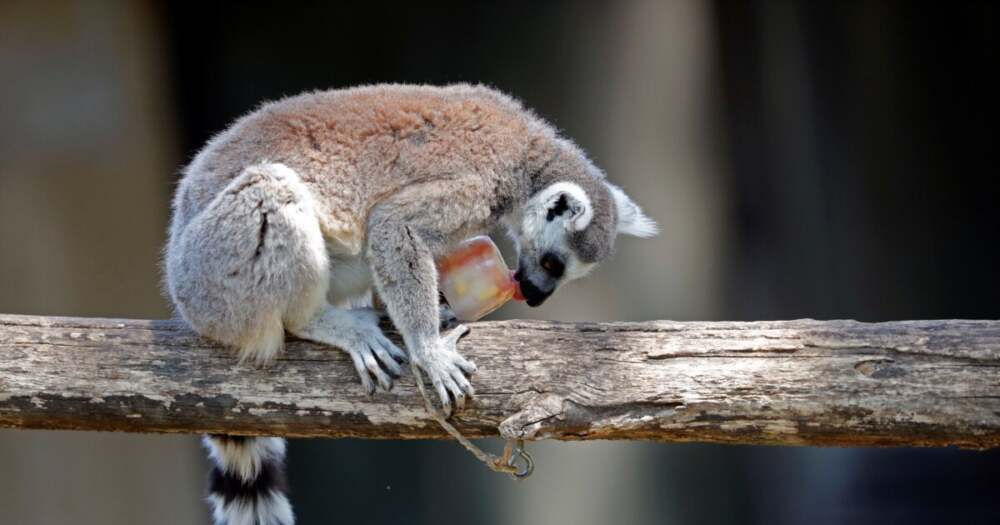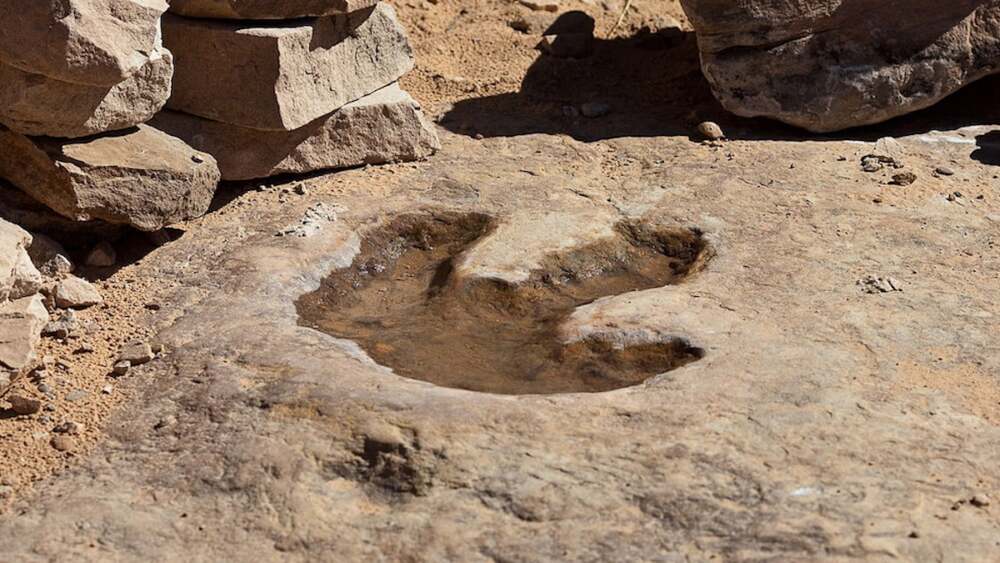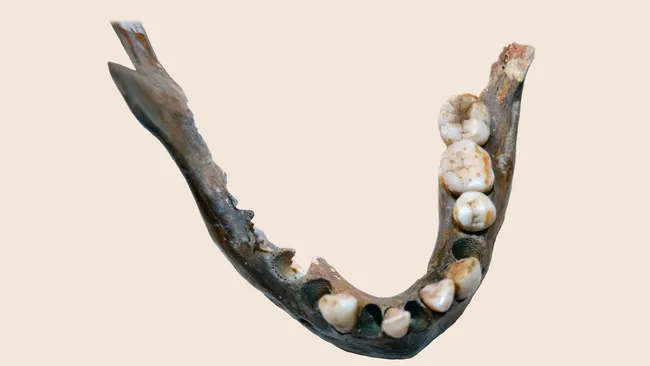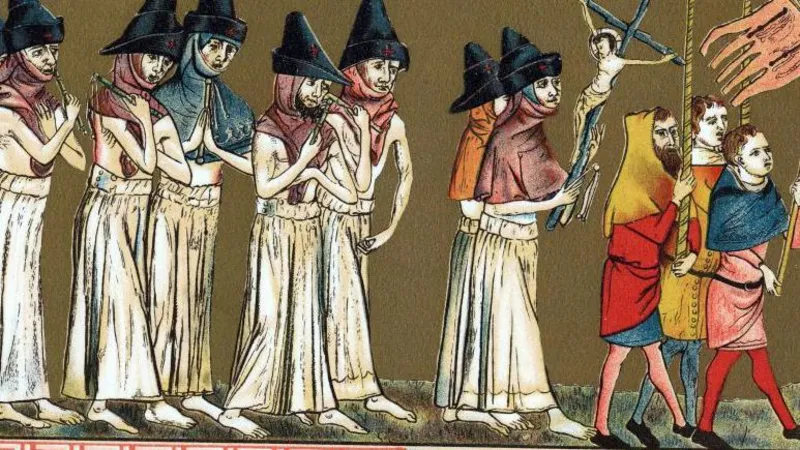A new study has revealed a striking connection between thumb length and brain size among primates. Researchers found that species with longer thumbs tend to have larger brains, suggesting that the evolution of manual dexterity and cognitive abilities are closely connected.
The Study
The research analyzed data from 94 primate species, including both living animals and fossil records. Scientists measured thumb length relative to overall hand size and compared these measurements with estimated brain mass. The results consistently showed that primates with proportionally longer thumbs had larger brains.
Neocortex Development
The study also highlighted that the enlargement associated with longer thumbs primarily affects the neocortex, the brain region responsible for higher-order functions such as sensory perception, cognition, and complex action planning. This suggests that as primates evolved enhanced manual skills, their brains grew to support these sophisticated behaviors.
Implications for Human Evolution
Humans, with exceptionally long thumbs and large brains, are part of this broader evolutionary pattern. The correlation across multiple primate species indicates that the co-evolution of hand dexterity and brain size is a widespread phenomenon, shedding light on the evolutionary pressures that shaped our ancestors’ cognitive and physical development.
Conclusion
This research underscores the intricate link between physical capability and intelligence in primates. By examining thumb length alongside brain size, scientists gain valuable insights into how evolution has shaped both the body and mind across the primate lineage.














Leave a Reply